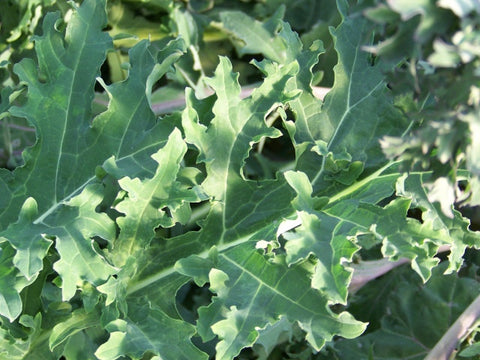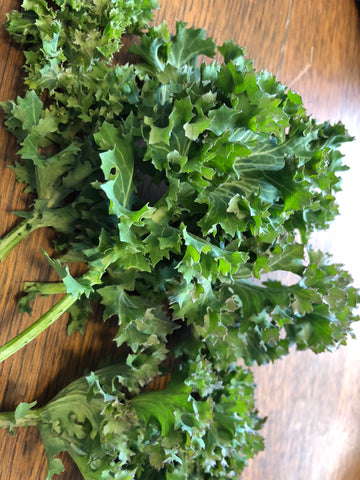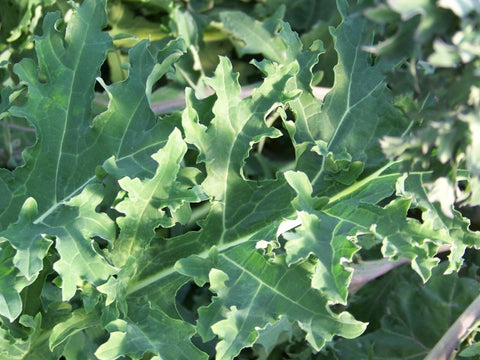Added to Cart
BabyBeet
150 Seeds
Qty: 1 - $3.50
SEED CALCULATOR ❌
Number of Plants 0
Weight 0 oz
at 0 seeds per foot

Certification
Color
Size
Heritage
Season
Originating in Southern and Western coastal Europe, Brassica oleracea has been an important crop since 2000 BC because of its large leaf or head winter food reserves. Without frost, some varieties grow to 8-9’ tall. Members of the oleracea group will cross: kale, collards, Chinese broccoli, cauliflower, cabbage, brussels sprouts, kohlrabi and broccoli. Brassica napus is divided into three subspecies. The Rutabaga, Swedes in England, is ssp. napobrassica or rapifera and are grown for their swollen stems/roots that resemble turnips (B. raps). Siberian Kales and Hanover Salad are ssp. pabularis or pabularia and are grown for their leaves that resemble those of European kales (B. oleracea). Winter rape and canola are ssp. oleifera and are grown for their edible leaves, livestock forage, or for the oil rich seed. For B. napus, see Siberian Kale. Delicious kale recipes.

Originating in Southern and Western coastal Europe, Brassica oleracea has been an important crop since 2000 BC because of its large leaf or head winter food reserves. Without frost, some varieties grow to 8-9’ tall. Members of the oleracea group will cross: kale, collards, Chinese broccoli, cauliflower, cabbage, brussels sprouts, kohlrabi and broccoli. Brassica napus is divided into three subspecies. The Rutabaga, Swedes in England, is ssp. napobrassica or rapifera and are grown for their swollen stems/roots that resemble turnips (B. raps). Siberian Kales and Hanover Salad are ssp. pabularis or pabularia and are grown for their leaves that resemble those of European kales (B. oleracea). Winter rape and canola are ssp. oleifera and are grown for their edible leaves, livestock forage, or for the oil rich seed. For B. napus, see Siberian Kale. Delicious kale recipes.
## ##Restoration Seeds Dinosaur Kale Variety Trial: started 4/22, transplanted 6/2, photo 11/22, 210 days from sowing, zone 7b. Varieties Top Row: Black Tuscan, Cavolo Nero, Toscano. Second Row: Lacinato, Black Magic, Jagallo Nero, Rainbow Lacinato. Most consistent Lacinato, sow in high density Jagallo Nero. Aphid resistant, Jagallo Nero. See individual variety to learn more.
##Restoration Seeds Dinosaur Kale Variety Trial: started 4/22, transplanted 6/2, photo 11/22, 210 days from sowing, zone 7b. Varieties Top Row: Black Tuscan, Cavolo Nero, Toscano. Second Row: Lacinato, Black Magic, Jagallo Nero, Rainbow Lacinato. Most consistent Lacinato, sow in high density Jagallo Nero. Aphid resistant, Jagallo Nero. See individual variety to learn more.Filter Collection:







